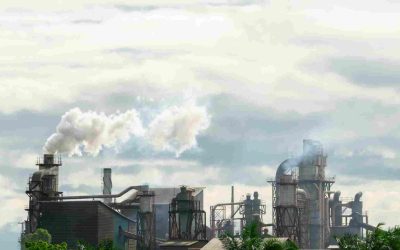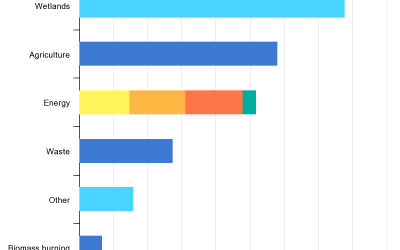Fossil Fuels lie at the heart of the crises we face, including public health, racial injustice, and climate change.
The Bay Area is home to five major historic oil refineries located in the cities of Richmond, Rodeo, Benicia and Martinez. Four out of the Bay Area’s five refineries were built before 1915; the fifth was built in the late 1960s. In 2011, these five refineries released more than 14 million metric tons of CO2 emissions, the second-largest source of fossil fuel emissions in the Bay Area behind passenger cars and trucks. California’s environmental inequity is so pronounced. On the American Lung Assn.’s rankings of the nation’s most polluted places, six of the top 10 cities are in California, with Bakersfield at No. 1. It is the predominantly Latino and Black neighborhoods in those cities that are suffering the most. The state’s poorest areas are among the nation’s most vulnerable to extreme heat, and homes alongside the state’s power plants, oil refineries and landfills are disproportionately occupied by people of color. California has more oil refineries than all but Texas and Louisiana.







